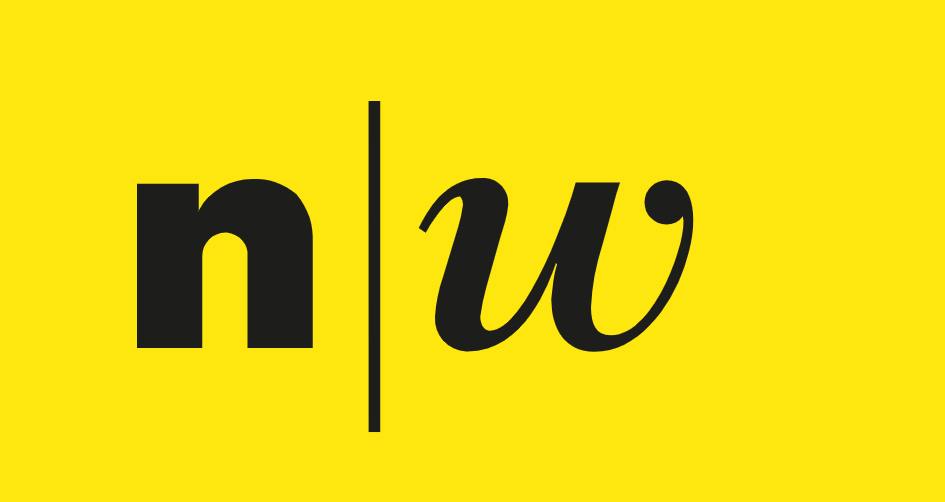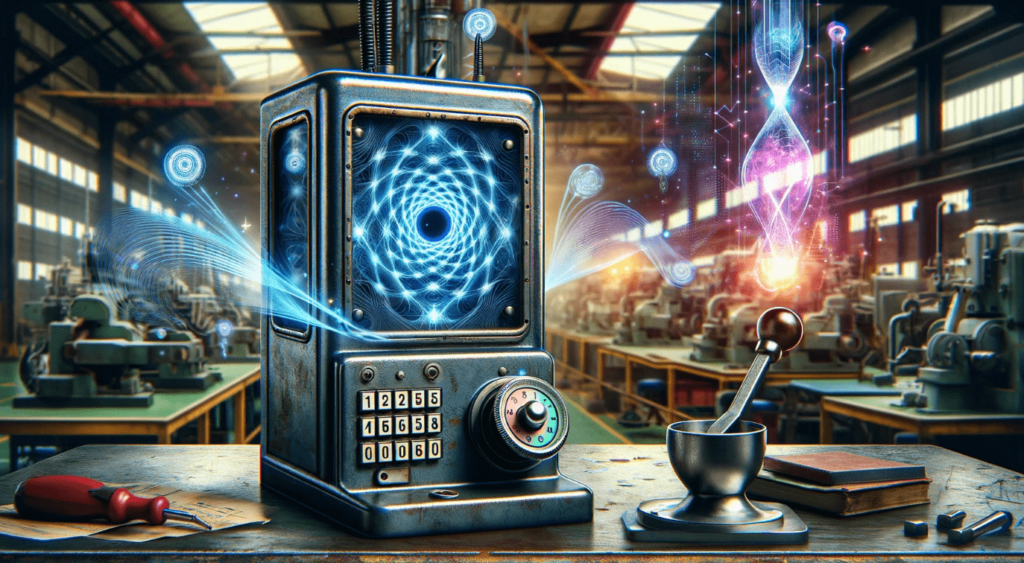Insider Brief
- The University of Sydney Nano Institute has received a $10 million grant over four years from the US government’s quantum computing funding program.
- The project will test methods to suppress the errors that emerge in qubits.
- The lead investigator for the project is Professor Stephen Bartlett, Director of the University of Sydney Nano Institute.
- Image: Sydney Nano director Professor Stephen Bartlett will lead the project to entangle logical qubits.
PRESS RELEASE — The University of Sydney Nano Institute has received substantial backing from the US government’s quantum computing funding program, with a $10 million grant over four years aimed at drastically improving existing quantum technology.
The project will test methods to suppress the errors that emerge in qubits, the building blocks of information at the heart of quantum computing hardware.
The funding will allow the Sydney Nano team to deepen its research in quantum error correction and expand work with global industry, including collaboration with IBM scientists and access to IBM quantum systems over the cloud.
The lead investigator for the project is Professor Stephen Bartlett, Director of the University of Sydney Nano Institute. He is also the foundation director of the newly established Quantum Australia consortium, backed by the federal government.

“Quantum computing technology is still in its infancy and a next step in making it useful is building capacity for the machines to correct their errors faster than they make them,” Professor Bartlett said. “In order to do this, we need to explore a range of approaches to quantum error correction in real situations. This funding – and working with IBM – will provide a pathway to realise this ambition.”
Dr Robin Harper at Sydney Nano and the School of Physics will work on benchmarking the results of the error correction techniques developed.
The Sydney team will work on quantum error correction schemes with IBM scientists Dr Andrew Cross, Dr Neereja Sundaresan and Dr Ben Brown, a former postdoctoral researcher at the University of Sydney.
The funding, provided by IARPA and the US Army Research Office, will also enable access to IBM’s utility-scale quantum computing systems over the cloud. All research undertaken will be in the public domain.
Just four research teams globally received grants in IARPA’s Entangled Logical Qubit funding round, the others being leading quantum research universities ETH Zurich, the University of Innsbruck and Harvard University.
QUANTUM PROMISE
The quantum revolution promises to radically change technology through the development of machines that can calculate in completely new ways.
By exploiting the strange nature of matter at the smallest scales, quantum machines offer pathways to develop new materials, design new pharmaceuticals and chemistry. The limits of its promise are unknown.
However, the unusual physical properties – entanglement, superposition, teleportation – that provide the potential for quantum calculation are notoriously fragile and easily succumb to interference. This is known as decoherence.
“We are trying to exploit the properties of matter at the atomic scale, with all its associated weirdness,” Professor Bartlett said. “By encoding information into the electronic flow within superconductors, we create bits of quantum information, commonly called qubits. Unlike digital bits in classical computers, which are switches that are either on or off, qubits encode information using the superposition, or uncertainty, of quantum states. This means we can develop entirely new computer programs to solve different problems. But it also means that the information is very fragile.”
QUANTUM RACE – ERROR V LOGIC
This fragility means that quantum computers produce errors about as fast as they produce useful information.
“Our aim is to protect our quantum information so that the useful information can outlast the error rate. That means a lot of the work done by the qubits we make is in suppressing errors,” Professor Bartlett said.
This is at the heart of “quantum error correction”, essentially writing code that allows physical qubits to suppress errors to allow a few of the qubits to perform meaningful calculations.
This gives rise to the difference between ‘physical qubits’ and ‘logical qubits’.
Dr Harper said: “Even after we have produced a logical qubit, arising out of the error suppressing work of dozens or even hundreds of physical qubits, the trick we then need to perform is to entangle two or more logical qubits so they can work together.”
Ultimately, the goal of a universal, fault-tolerant quantum computer will likely require millions of entangled logical qubits. That means scientists need to develop ingenious code to reduce the number of qubits performing error correction.
TOMORROW’S QUBITS
Professor Bartlett said: “It’s an emerging truism that the large-scale, functional quantum computers of tomorrow won’t be built with the noisy qubits of today.
“However, it is by benchmarking existing error correction on noisy qubits that we can anticipate the development of robust quantum error correction that will maximise the performance of the next generation of qubits as they emerge.”
Professor Bartlett said that the quantum technology industry was a global endeavour.
“We are fortunate here at Sydney to be tied into global supply chains with world leading technology companies, like IBM and Microsoft. “This means we are not only at the forefront of research, but in the pole position for training quantum technicians to develop a domestic industry.”


















